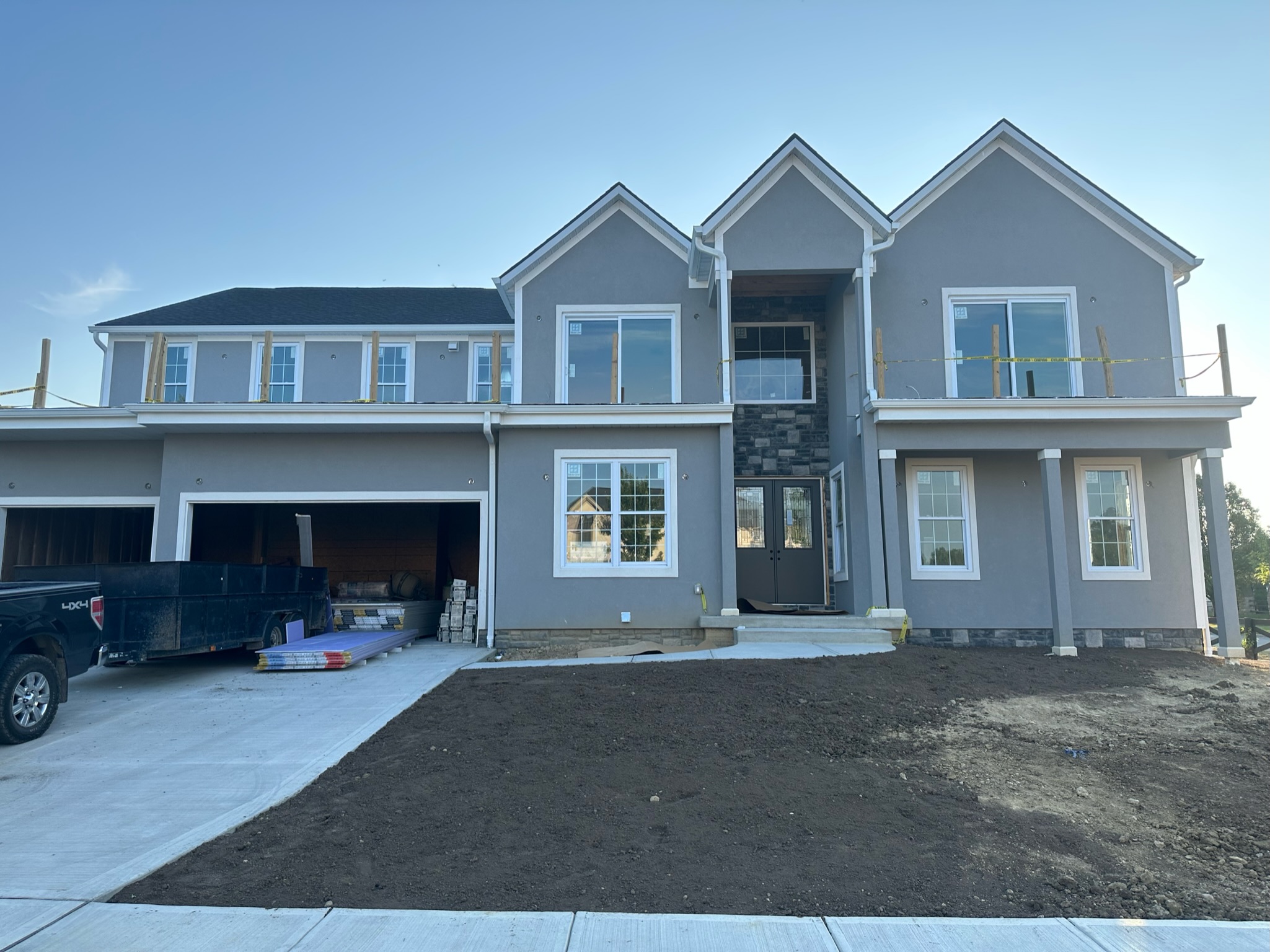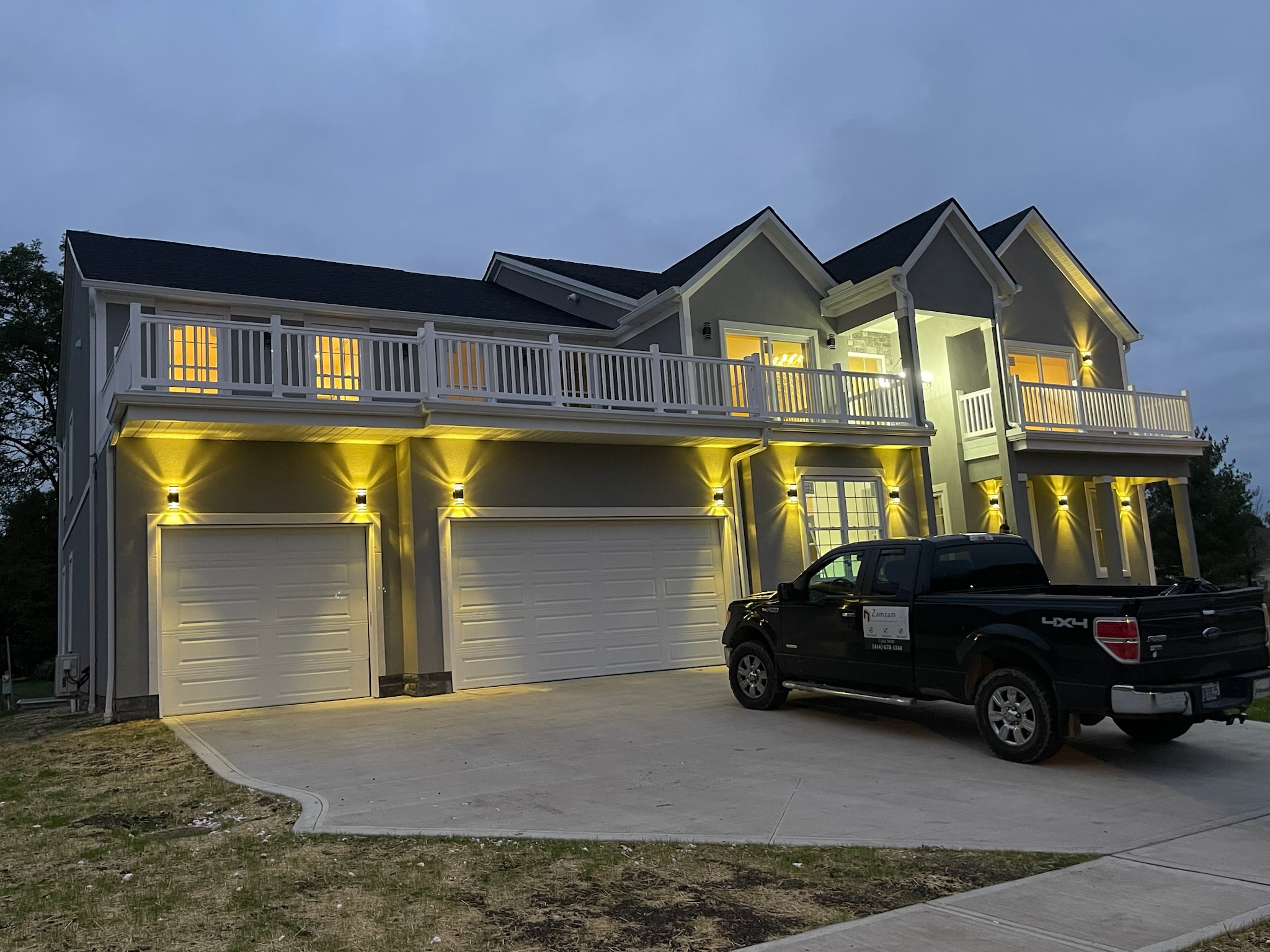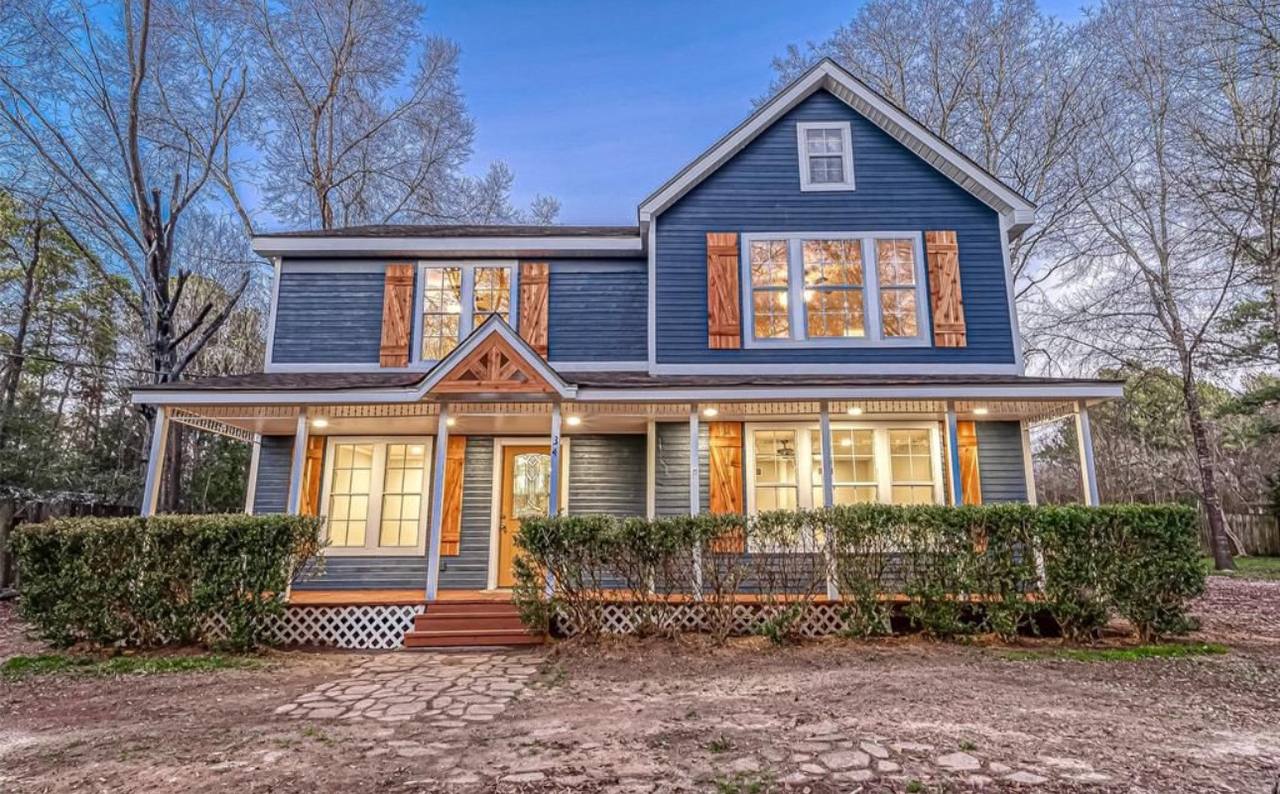Zam Zam Construction

ZAMZAM
July 31, 2024

Building a house is a monumental endeavor that involves meticulous planning, skilled craftsmanship, and careful coordination. Understanding the stages of construction can help homeowners navigate the journey from laying the groundwork to adding the final aesthetic touches. Here’s a comprehensive guide to the five essential stages of building a house, ensuring your dream home becomes a reality.
Embarking on a house-building project is an exciting yet complex endeavor that requires thorough preparation and foresight. By familiarizing yourself with the process, you can effectively oversee each stage and ensure that your vision is executed seamlessly.
Before breaking ground, the journey begins with envisioning your dream home. Collaborating with architects and designers, you'll outline the layout, functionality, and aesthetic features of your future abode. Initial consultations refine your ideas, while architectural drawings provide a tangible blueprint for construction.
Navigating local zoning regulations and securing building permits are crucial steps in the pre-construction phase. Compliance with municipal guidelines ensures that your project meets safety standards and environmental considerations, setting the groundwork for a smooth building process.
Preparing the site involves clearing the land, leveling the terrain, and marking the foundation layout. Excavation digs the groundwork for the foundation, essential for ensuring stability and support for the structure that will soon rise above.
From concrete slab foundations ideal for warmer climates to basements offering additional living or storage space, selecting the right foundation type depends on factors like soil composition and local climate conditions. Each choice plays a critical role in the longevity and resilience of your home.




Framing marks the transition from groundwork to vertical construction. Using wood or steel frames, skilled craftsmen assemble the skeletal framework that defines the shape and size of each room. This stage sets the stage for subsequent installations and interior finishes.
Ensuring structural integrity is paramount at this stage. Inspections verify compliance with building codes and address any potential issues early on, safeguarding against future complications and ensuring the safety and longevity of your home.
With the frame in place, attention turns to enclosing the structure. Installing windows, doors, and siding not only defines the exterior aesthetics but also enhances energy efficiency and weather resistance. Proper insulation and waterproofing further protect your home from the elements.
The inner workings of your home come to life during this stage. HVAC systems regulate indoor climate control, while plumbing and electrical wiring provide essential utilities. Precision and expertise ensure that these systems operate efficiently and reliably for years to come.
Transforming a house into a home involves selecting interior finishes that reflect your style and personality. From luxurious hardwood floors to custom cabinetry and decorative touches, each detail contributes to the comfort and ambiance of your living spaces.
As completion nears, attention shifts to the finer details. Painting walls in soothing hues, adding elegant trim work, and landscaping the exterior enhance curb appeal and create a welcoming atmosphere. These final touches bring your vision to life and signify the culmination of months of planning and construction.
Building a house is a collaborative effort that blends creativity, craftsmanship, and dedication. By understanding the five stages of construction, you can navigate the process with confidence, ensuring that every detail contributes to the realization of your dream home.
The timeline can vary significantly depending on factors like size, complexity, and weather conditions. On average, the process takes about 6 to 12 months from groundbreaking to completion.
Seek recommendations from local architects, real estate agents, and homeowners who have recently completed projects. Research online reviews and visit completed homes to assess craftsmanship and quality.
Factors include location, size, design complexity, materials used, labor costs, and site preparation requirements. Planning and budgeting accordingly can help manage expenses effectively.
Consider factors like durability, maintenance requirements, energy efficiency, and aesthetic appeal. Consult with your builder and weigh the pros and cons of each material option.
Opt for energy-efficient appliances, windows, and insulation. Design features like proper orientation and shading can also reduce energy consumption. Consult with builders who specialize in green building practices for optimal results.
Embark on your construction journey with ZAMZAM Construction Services. Contact us today to discuss your project and experience the excellence of our services in Ohio and Wisconsin. Your dream space awaits!
